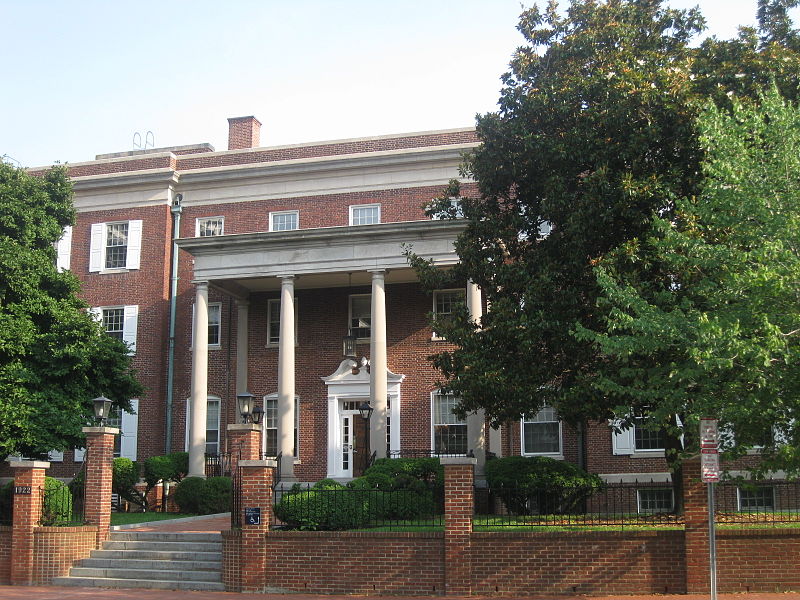
According to the Labor Department, initial claims for state unemployment benefits decreased by 20,000 to a seasonally adjusted 192,000 in the week ending March 11. This figure is lower than
the predicted 205,000 claims for the week, as estimated by economists polled by Reuters. Despite technology companies reducing their workforce, the labor market has remained resilient, with employers being generally reluctant to lay off workers. The Federal Reserve has been urged to continue raising interest rates next week due to tightness in the labor market, as well as the stubbornly high inflation rate.
The labor market has been marked by 1.9 job openings for every unemployed person in January, indicating a tight job market. The fear of a banking sector contagion has recently caused concerns in the stock market and cast a pall over the economy's outlook. The recent collapse of two regional banks has caused financial markets to waver between the Fed hiking rates by a quarter-point and pausing its monetary policy tightening campaign.
CME Group's FedWatch tool has shown that, as recently as last week, the markets were betting on a 50 basis points rate hike. However, expectations were dialed back to a quarter point after the government reported that the economy added 311,000 jobs in February, although wage gains slowed and the unemployment rate rose to 3.6% from 3.4% in January.
The U.S. central bank has raised its benchmark overnight interest rate by 450 basis points since last March from near-zero to the current 4.50%-4.75% range. The report also shows that the number of people receiving benefits after an initial week of aid decreased by 29,000 to 1.684 million during the week ending March 4. This decrease in continuing claims suggests that some laid-off workers may have found new work easily.
The labor market has been struggling to find workers during the COVID-19 pandemic, which is why employers have been reluctant to lay off workers. The tightness in the labor market has been marked by 1.9 job openings for every unemployed person in January, indicating a challenging job market. The Federal Reserve has been urged to continue raising interest rates next week due to the tight labor market and the high inflation rate.
The recent collapse of two regional banks has caused concerns about the banking sector's contagion, which has bruised the stock market and cast a shadow over the economy's outlook. Financial markets have been waffling between the Fed hiking rates by a quarter-point and pausing its monetary policy tightening campaign. CME Group's FedWatch tool shows that, as recently as last week, the markets were betting on a 50 basis points rate hike.
However, expectations have been dialed back to a quarter point after the government reported that the economy added 311,000 jobs in February. Despite this, wage gains slowed, and the unemployment rate rose to 3.6% from 3.4% in January. The U.S. central bank has raised its benchmark overnight interest rate by 450 basis points since last March from near-zero to the current 4.50%-4.75% range.
The report also shows that the number of people receiving benefits after an initial week of aid decreased by 29,000 to 1.684 million during the week ending March 4. This decrease in continuing claims suggests that some laid-off workers may have found new work easily.
Overall, the labor market has been resilient despite major technology companies slashing jobs. The labor market tightness and the high inflation rate argue for the Federal Reserve to continue raising interest rates next week. The decrease in continuing claims suggests that some laid-off workers may have found new work quickly, which could bode well for the labor market's future. Photo by Pjn1990, Wikimedia commons.









































